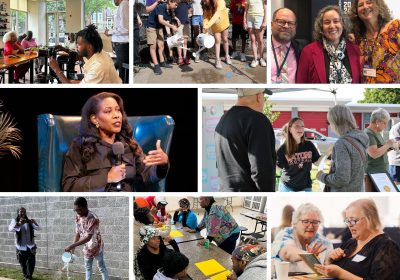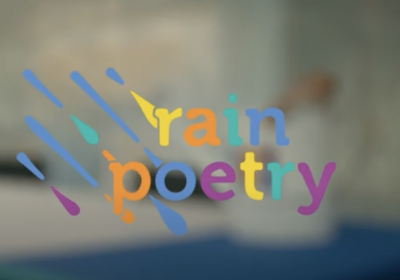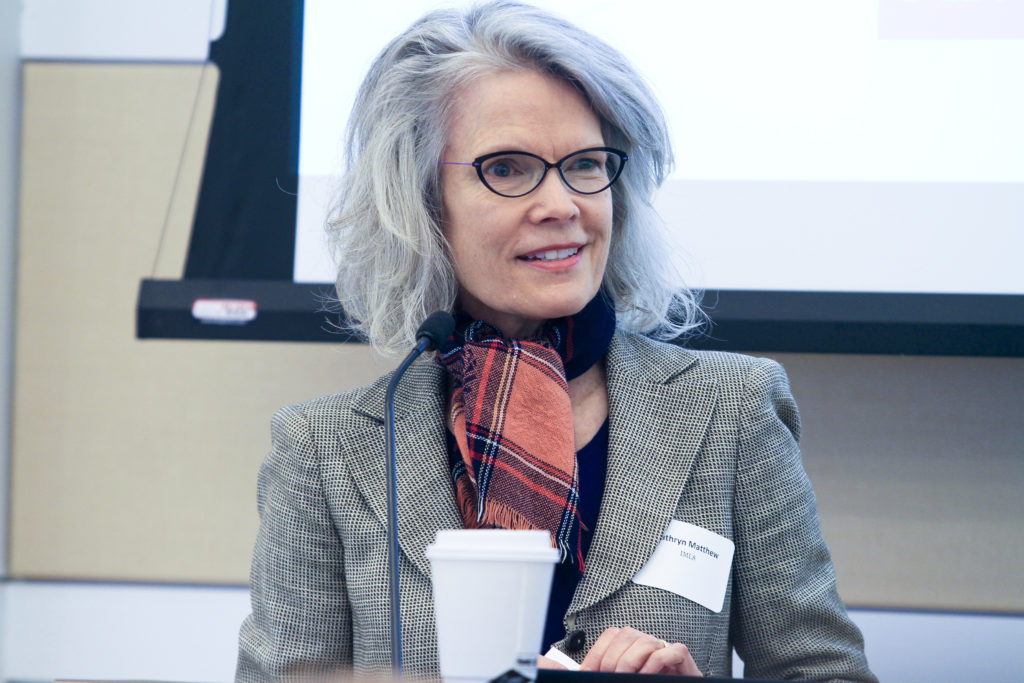
In a national report, the Institute of Museum and Library Services (IMLS) and Local Initiatives Support Corporation (LISC) highlight the many ways museums and libraries are collaborating with public-sector partners to address the needs of economically distressed communities. On February 17, 2016, IMLS and LISC, with local help from the Pennsylvania Humanities Council (PHC), Philadelphia LISC, the Free Library of Philadelphia (FLP), and the hiladelphia Association of Community Development Corporation (PACDC), convened Pennsylvania library, museum, and community-development leaders to roll out the report findings, further discuss the topics at hand, and forge paths to greater collaboration in our Pennsylvania communities.
The event, covered by news sources such as Generocity, included a presentation and in-depth discussion about the ways libraries and museums can collaborate to support troubled neighborhoods. The program kicked off with a welcome from the director of the IMLS, Kathryn K. Matthew, who has an extensive background in curation, educational program development, fundraising and communications management.
In a follow-up blog post Matthew wrote, “There is a movement underway to look ‘outside-in’ with our communities to understand how the organizational assets of museums and libraries can best be used, and it’s truly exciting to watch.” The movement that Matthew mentioned was shared through inspiring stories by PHC executive director Laurie Zierer, Philadelphia LISC executive director Andrew Frishkoff, Warhol Museum director and PHC board member Eric Shiner, and other leaders from the library, museum, and community development sectors.
While libraries and museums are spaces where community building can occur, it is important to remember that these cultural institutions provide more than a physical space. According to the IMLS-LISC report, “Culture –like other forms of community building –strengthens relationships among neighborhood members as well as their determination to be involved in community life.”
As Zierer put it during the convening, “The humanities bring people together who don’t normally sit at the same table to think through issues that matter.” The rich humanities experience provided by libraries and museums can act as a support for the community, but this is a resource that often goes unused.
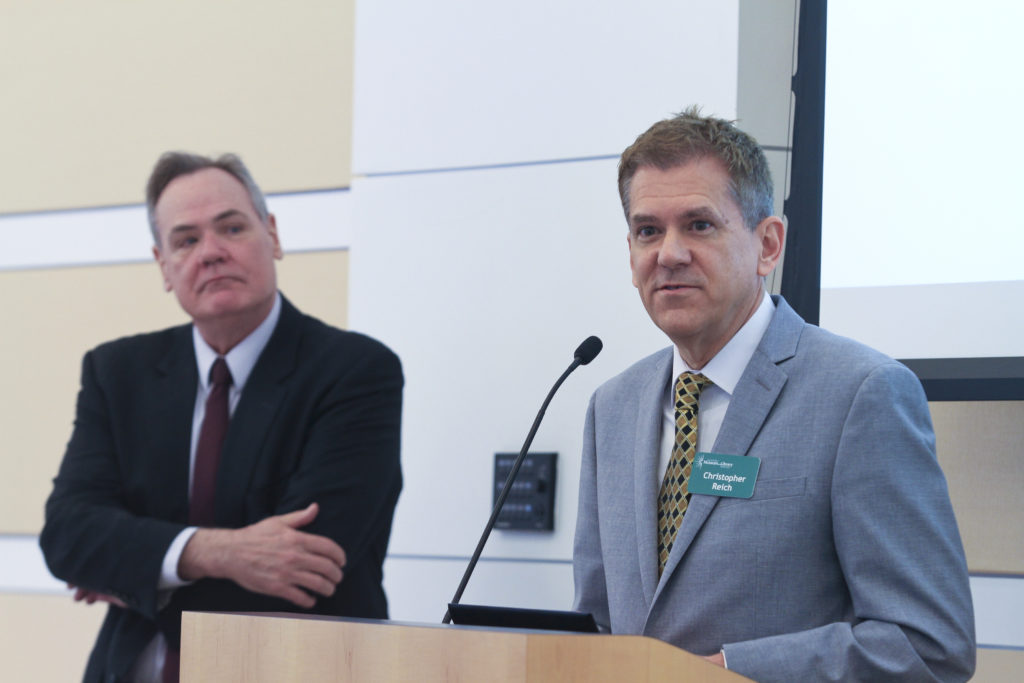
The Pennsylvania Humanities Council has recently moved in a new direction that aims to use the humanities as a tool for civic engagement and education, which Zierer described for the audience. PHC’s award-winning Teen Reading Lounge program uses libraries as community anchors to bring youth together and engage them in a stimulating and enjoyable learning experience. Through a partnership with The Orton Family Foundation, communities supported by civic engagement grants from PHC use storytelling and visual arts at the heart of their community development projects.
“Philanthropist should not simply come bearing gifts, but seek to exchange gifts with those they’re meeting with,” said Frishkoff. Philadelphia LISC is no stranger to giving gifts to communities. The non-profit organization has been working to support low-income neighborhoods in Philadelphia by launching financial opportunity centers, training residents on digital literacy and creating a youth arts magazine. Frishkoff and his team work tirelessly to achieve transformation by recognizing local necessities and forming practical community-based solutions.
Pam Bridgeforth, director of programs at PACDC, discussed the importance of neighborhood revitalization specifically in the form of third space initiatives. Third spaces are not where you live or work, but where life happens outside of those two places. As PACDC works to develop third spaces, they found that building field knowledge, creating a way for that knowledge to be sustained as well as sharing that knowledge are equally as important as establishing the new community hubs.
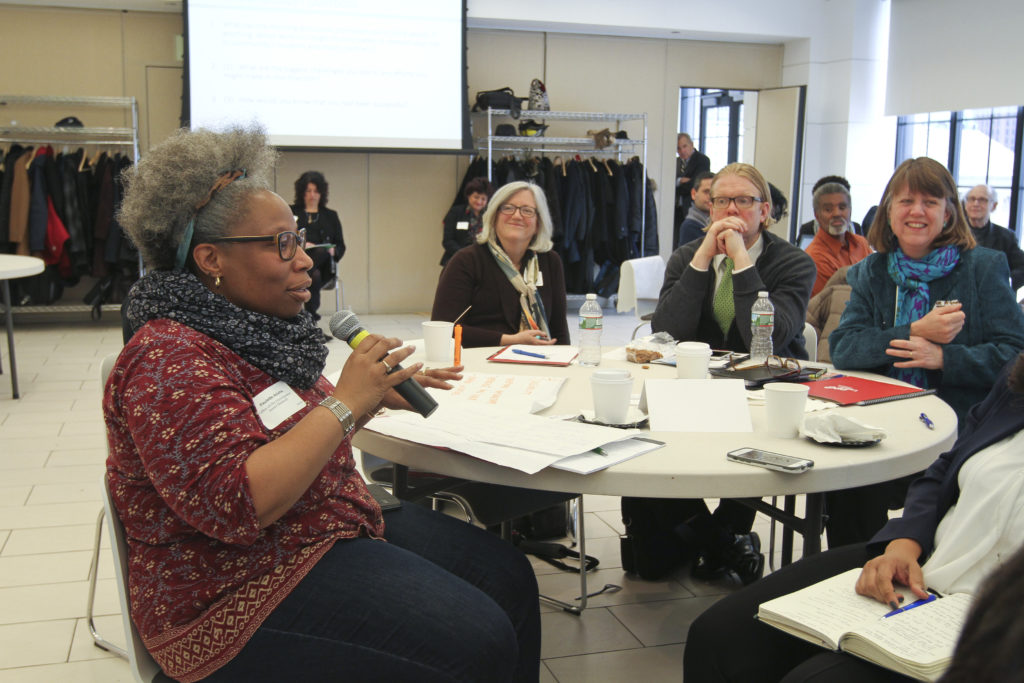
Marion Parkinson of the Free Library of Philadelphia (FLP) took the stage to discuss how libraries are becoming more active in the community. North Philadelphia has the highest poverty and crime rates, as well as the lowest literacy rate in the city of Philadelphia. It was for that very reason that FLP took the initiative to make programs more accessible to residents of North Philly. These programs took shape as play parties, block parties, cooking classes for boys ages 12-14 years old, a meal program that feeds almost 100 youth daily, and the Stories Alive program (funded by IMLS), which is an initiative for incarcerated parents to be able to have story time with their children over Skype.
“There is no amount of money that is ever going to solve all the problems that we’ve identified in poor neighborhoods, it’s just not there,” said Chris Walker, Research Director at LISC. “But if we change the way institutions function we can change the opportunity set available to people in poor communities, and that is part of our commitment.”
Jane Werner of the Children’s Museum of Pittsburgh spoke about the Charm Bracelet Project, which was a culture and community development initiative that aimed to make the North Side of Pittsburgh a place for families. The project, which was initially funded by the National Endowment for the Arts, began with the convening of four design firms that were hired to look at the North Side with new eyes and led to multiple community meetings. “We were trying to use the strengths of the cultural institutions to make real community change,” said Werner.
In order to establish more “charms” within the community, the museum began to give out micro-grants to groups and organizations that would use the funds to host events and activities in the North Side. Some “charms” took form as arts projects, empowerment projects for girls, and collective recipe books and cooking sessions.
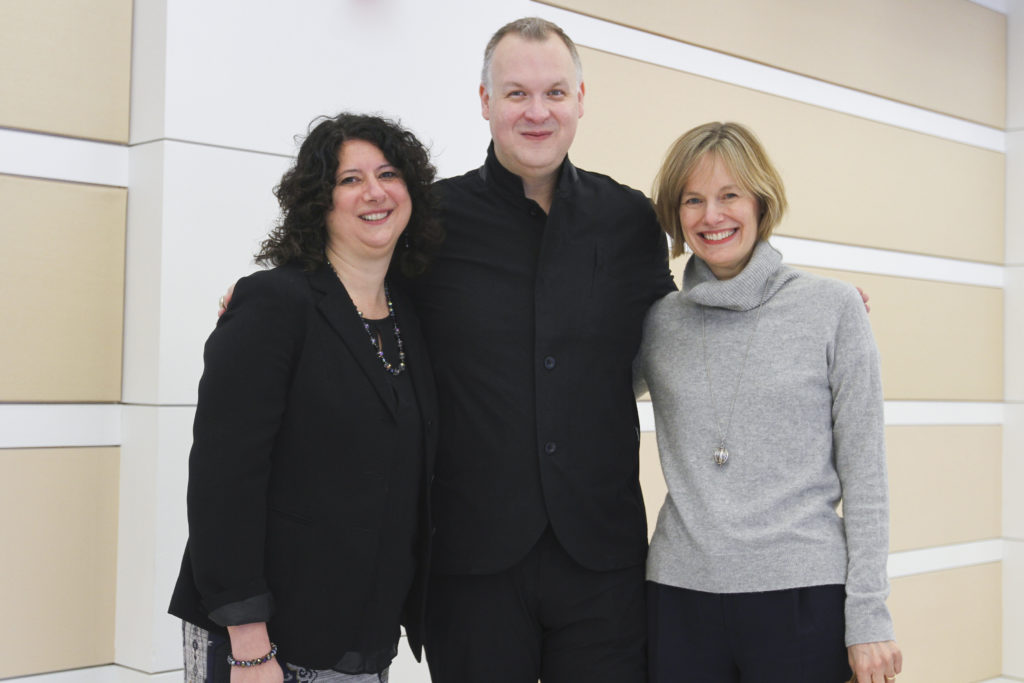
“I view it as a great honor to run an activist museum that’s all about social justice and changing the world to make it a better place,” said director of the Warhol Museum and PHC board member Eric Shiner. The Warhol museum was the driving force behind the Homewood Artist Residency program, an initiative that aimed to grow arts and cultural opportunities for residents of the community. Homewood was a neighborhood that Pittsburgh forgot about; it is deeply poor, does not have a lot of infrastructures or a community development corporation. The Warhol team met and worked with activists in the community, churches and libraries and developed a plan to engage the community through visual arts. Shiner says that his biggest concern was how the museum could subtly enter the neighborhood and what would happen after the seed was planted.
“[We are] dedicated to giving voice to those that might not have it and [trying to learn] how to take the anomalies of society and help to turn them into the paradigms, based on Warhol’s own life journey,” Shriner said. “Being queer, being poor, being sickly, being an immigrant from an immigrant family and overcoming those obstacles to go on to become one of the most famous people that the world has ever known – that becomes our core focus in all that we do.”
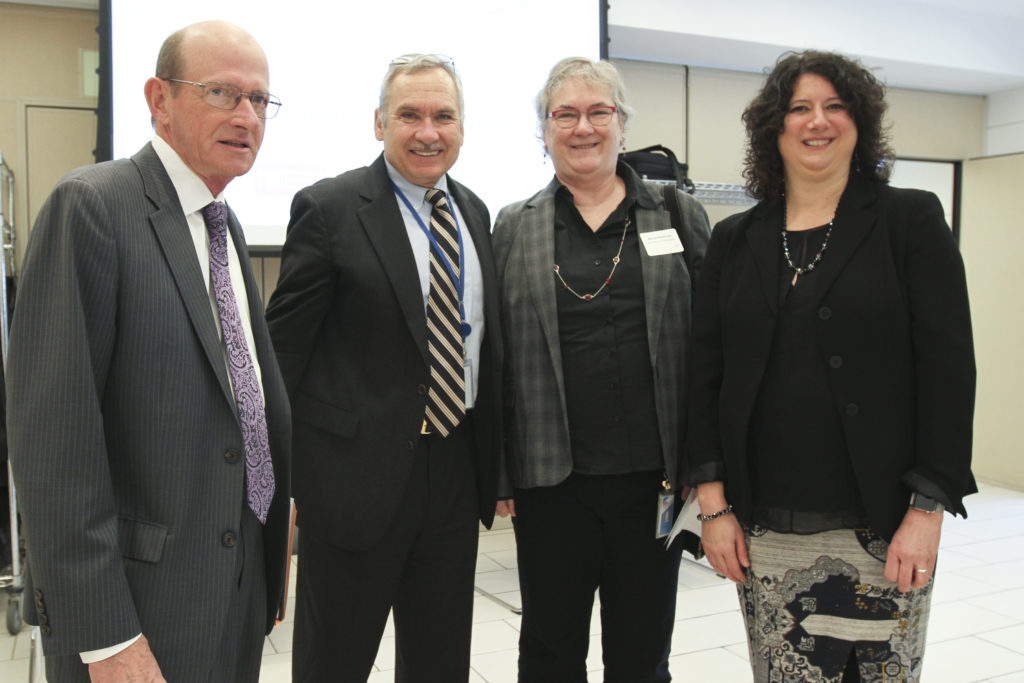
![[color – dark bg] PA SHARP FINAL FILES DB 72dpi [color - dark bg] PA SHARP FINAL FILES DB 72dpi](https://pahumanities.org/uploads/files/elementor/thumbs/color-dark-bg-PA-SHARP-FINAL-FILES-DB-72dpi-phgl7aimtfdpzt2rscvl43ksfv3asbbls19lsvuacw.jpg)

